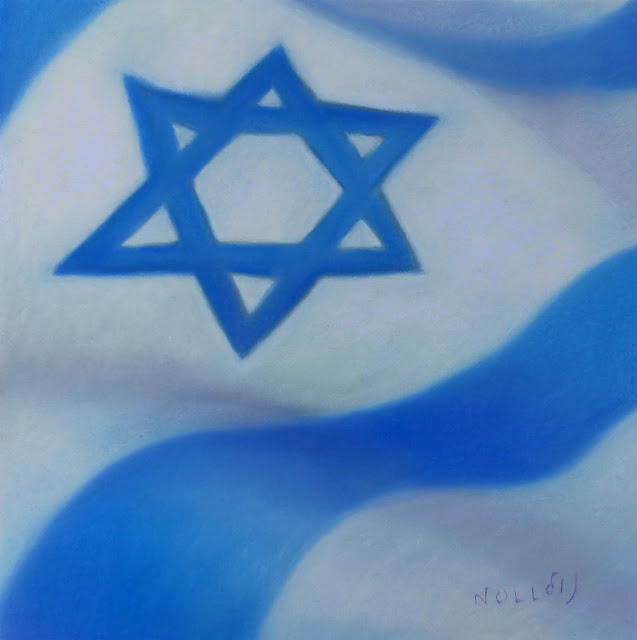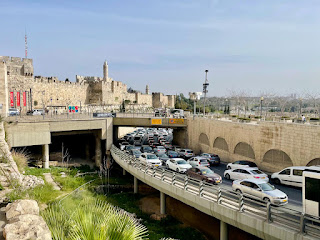The Blueprint of Life
 Imagine designing a building, where the plans need to include all the usual things like site-plans, materials-lists, and structural-specifications. Now imagine that the building plans need to include, as well, things like where the building will be, who is building it, and from who and from where are all the materials are being supplied. After this is tucked neatly into your mind, we have a pretty good idea of how to build a building.
Imagine designing a building, where the plans need to include all the usual things like site-plans, materials-lists, and structural-specifications. Now imagine that the building plans need to include, as well, things like where the building will be, who is building it, and from who and from where are all the materials are being supplied. After this is tucked neatly into your mind, we have a pretty good idea of how to build a building.Next is the hard part. The building we want to build is also going to last for a specific amount of time. We need to plan when construction will be finished, how long people will occupy it during its lifetime, and how and when it will be destroyed when its life is over. We also need to account for any natural disasters that affect it, the socio-economic status of its community during its entire lifespan—from inception to demise, as well as a detailed description of all of its inhabitants and anyone affected by it directly or indirectly, throughout its lifetime.
Now we are ready to put it all down on paper… right? We need a plan for our building so that all who come in contact with it will know how to interact with it. Of course, we can put signs in the stairwells and over exits, but we need to provide information for people that really want to know about the building beyond the basic level. Electrical schematics, plumbing plans, emergency procedures, remodeling guidelines, management structures, and community regulations, are just a few of the things we need.
So, after we have gathered everything together to write it all down on the big plan, we need to make sure to translate it into all the relative languages, dialects, and sub-dialects of the people that are directly or indirectly affected by the buildings birth, life, or death, as well as individual translations accounting for both the respective ages and all the cultural changes of those people throughout their lives that will occur over the building’s lifetime.
Now if you can imagine that (it would probably be enough paper collected to fill the whole building and then some), our job is to condense it down into a book, or five books to be more precise. This is the Torah. The five books of Moses tell us the entire creation, lifetime, and ending of the entire universe. Hashem had to condense everything down into the most important information so that a young child could understand what he/she needed, and the greatest scholar in the world could understand what he/she needed too.
That is Torah. That is why there are narratives and that is why there are codes and deeper meanings to explore. The entire history, from beginning to end, of the world and its people is encrypted into those pages—did you ever wonder how deep the rabbit hole goes?
Shabbat shalom le kulam!









